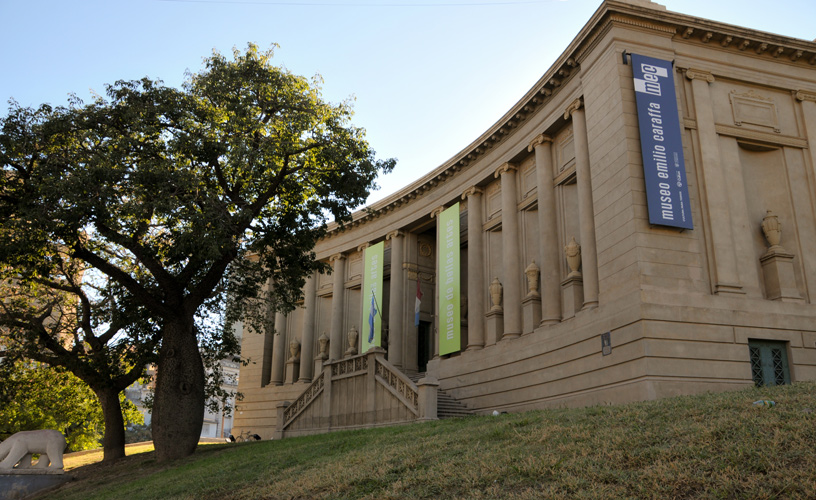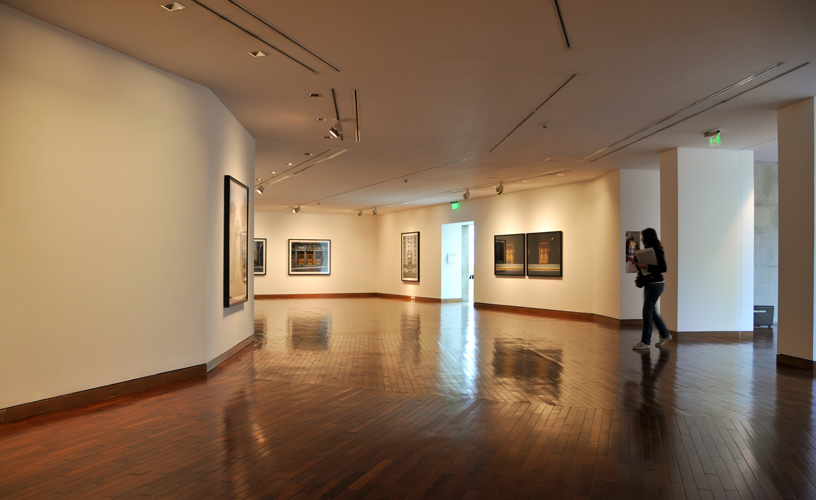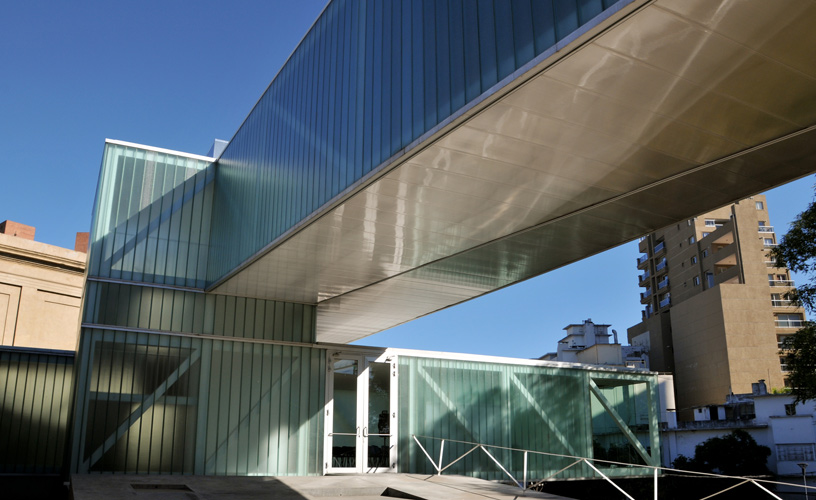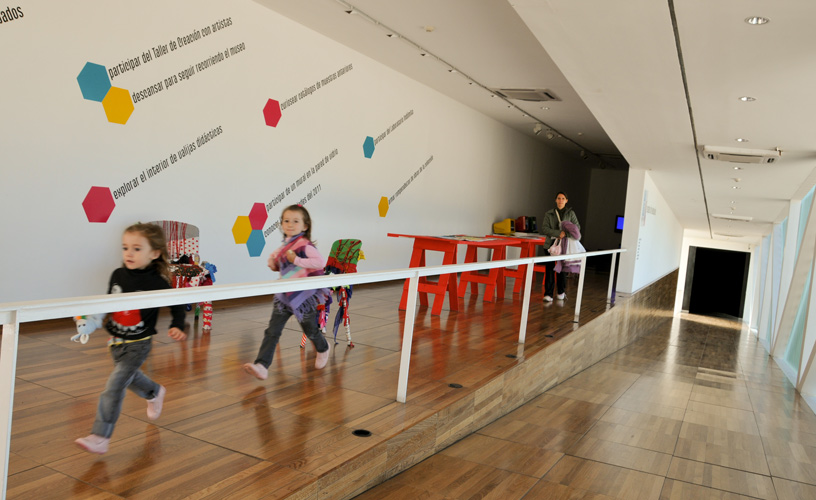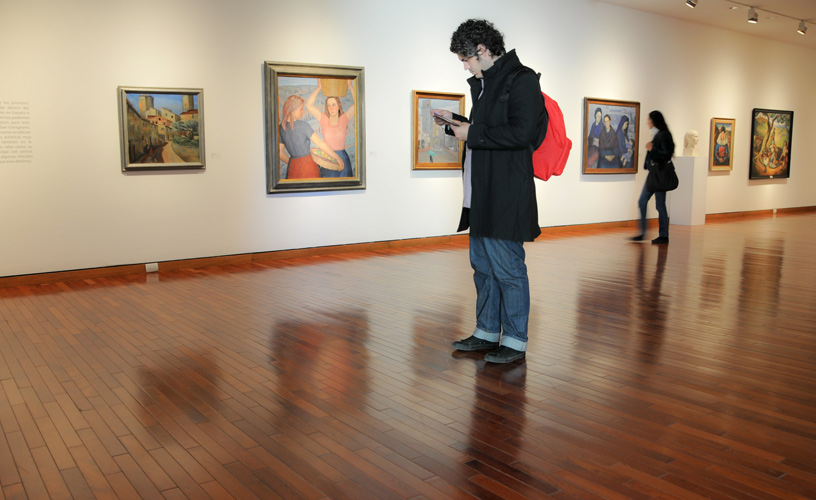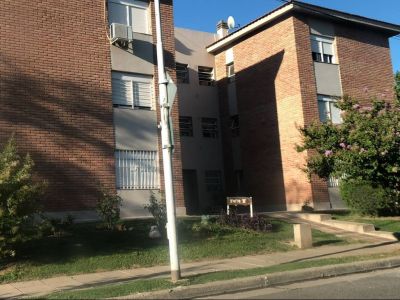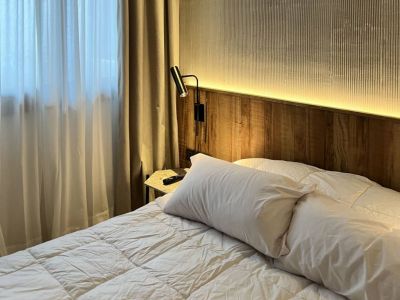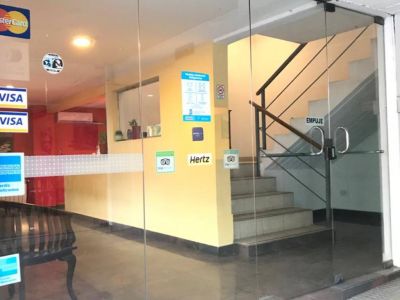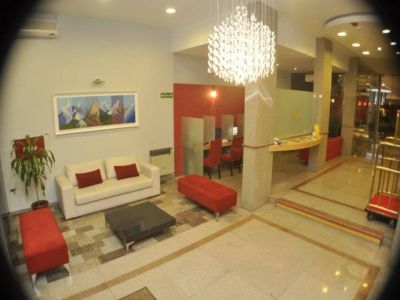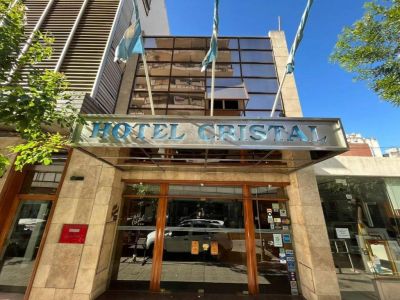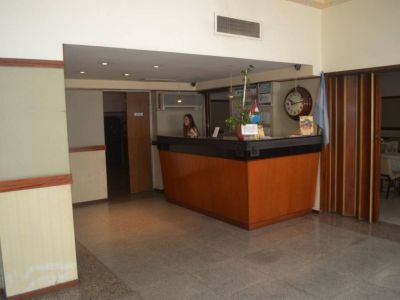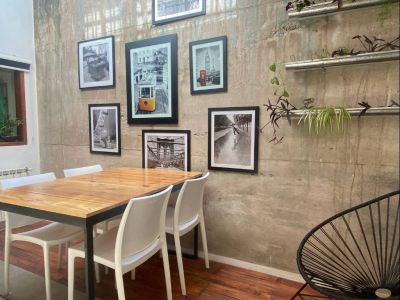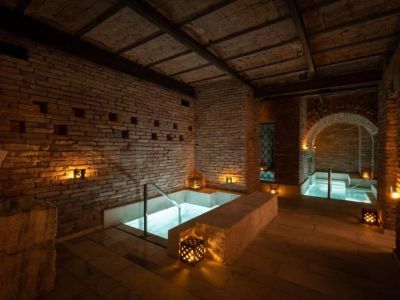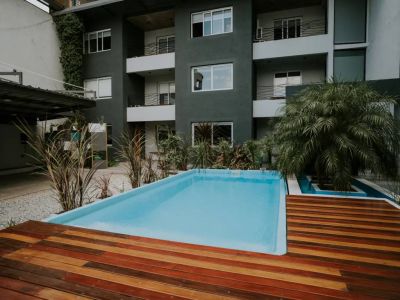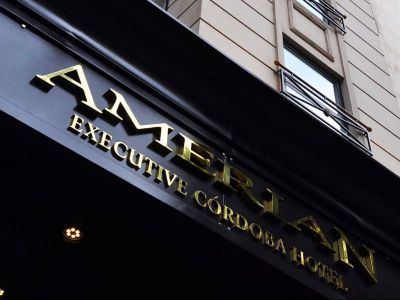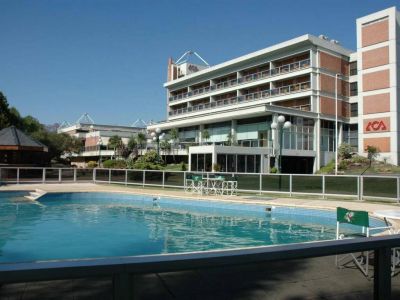We found the traditional almost hundred-year-old Caraffa Museum right opposite Plaza España (Spain Square), in the City of Córdoba. It boasts a modern and functional architectural design, which encouraged us to enjoy an afternoon devoted to art. We had visited it before and we noticed the change of this space named after painter Emilio Caraffa. Born in Catamarca, one day he resolved to move to the Province of Córdoba. We went up the imposing central staircase to see the different galleries that displayed a varied show in five levels. In this occasion, one of the rooms paid tribute to a group of local scholarship holders that traveled to Italy and France in 1939 in order to study painting and sculpture. Not only were some of their works on display but also a point was made on how novel it was for these artists to do workshops in Europe, where they interacted with art celebrities. In a way, this encouraged communication among institutions and when they returned, the bonds remained.
Emilio Caraffa Fine Arts Provincial Museum
We continued up to the second level, where the rooms have natural light that comes in through skylights. There is no decoration in any of the rooms. The purpose of this is that only the works hanging on the walls should glow. Visitors may stand comfortably in front of the paintings at the distance they need, enjoying perspective and even the presence of public, because there is plenty of space.
A glass screened crossing bridge led us to the second building.
We were surprised at the wide range of themes and the quality of presentation of the various manifestations. An example of this was the tribute paid to Miguel de Molina in one of the rooms. The name ’Art and provocation’ corresponds to a retrospective show of the original costumes of the theater and film presentations of this artist born in Málaga and caused admiration and controversy within the popular Spanish dance and flamenco culture.
Mónica Pons
Eduardo Epifanio
Contact of the excursion or tour
Museo Emilio Caraffa
Av. Poeta Lugones 411, Córdoba, Córdoba, Agentina
Phone: +54 351-4343348
